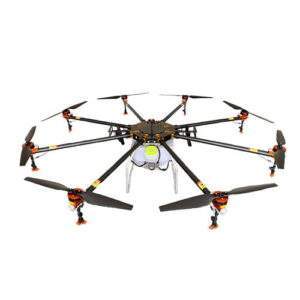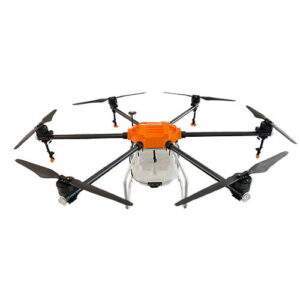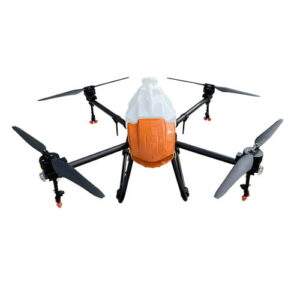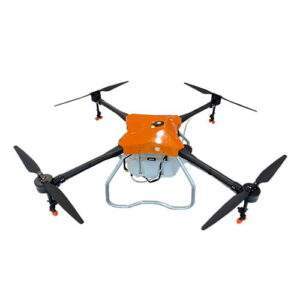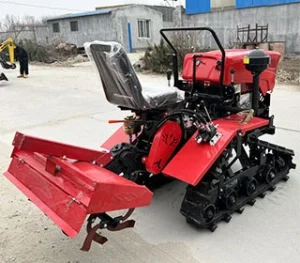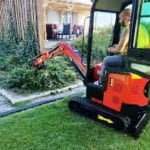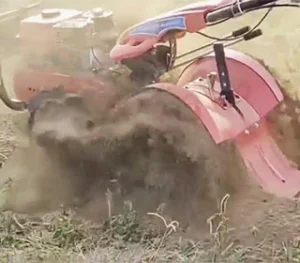The Future of Farming: Agriculture Drone Spraying Technology
Introduction
The agricultural industry is undergoing a technological revolution, with innovations such as agriculture drone spraying leading the charge. This technology promises to enhance efficiency, reduce labor costs, and improve crop yields. In this blog, we will delve into the future of farming through the lens of agriculture drone spraying technology, exploring its benefits, applications, and impact on modern farming practices.
The Evolution of Agriculture Drone Spraying
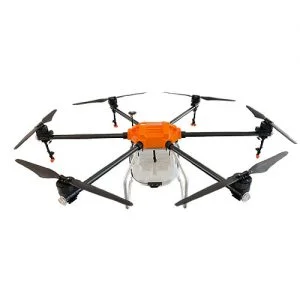
Early Beginnings
The concept of using drones for agricultural purposes began in the early 21st century, primarily for aerial imaging and crop monitoring. As technology advanced, drones became more sophisticated, paving the way for their use in spraying fertilizers, pesticides, and herbicides.
Technological Advancements
Today, agriculture drone spraying technology is equipped with GPS, advanced sensors, and AI capabilities. These features enable precise application, ensuring even distribution and minimizing waste. The integration of real-time data analytics allows farmers to make informed decisions, enhancing crop management strategies.
Table: Evolution of Agriculture Drone Spraying Technology
| Year | Technological Milestone | Impact |
|---|---|---|
| Early 2000s | Introduction of basic aerial imaging drones | Improved crop monitoring |
| 2010-2015 | Development of spraying mechanisms | Enabled drone-based pesticide application |
| 2015-2020 | Integration of GPS and advanced sensors | Enhanced precision and efficiency |
| 2020-Present | Use of AI and real-time data analytics | Optimized crop management and decision-making |
Benefits of Agriculture Drone Spraying
Agriculture drone spraying offers numerous benefits that are transforming traditional farming practices. Here are some of the key advantages:
Precision and Efficiency
Drones equipped with GPS and advanced sensors can spray crops with pinpoint accuracy. This precision reduces the amount of chemicals needed, minimizing environmental impact and lowering costs. The efficiency of drones allows for faster application compared to traditional methods, saving time and labor.
Cost-Effectiveness
Although the initial investment in agriculture drone spraying technology can be high, the long-term savings are significant. Reduced chemical usage, lower labor costs, and increased crop yields contribute to overall cost savings. Additionally, drones can operate in conditions where traditional machinery cannot, reducing downtime.
Environmental Benefits
Agriculture drone spraying technology promotes sustainable farming practices. Precise application minimizes chemical runoff, reducing soil and water contamination. Drones also enable the use of environmentally friendly biopesticides, further promoting eco-friendly farming.
Enhanced Crop Monitoring
Modern drones are equipped with cameras and sensors that provide detailed aerial imagery and data. This information helps farmers monitor crop health, identify pest infestations, and detect nutrient deficiencies. Early detection and intervention lead to healthier crops and higher yields.
Improved Safety
Using drones for spraying reduces the need for farmers to handle and apply chemicals directly. This minimizes exposure to potentially harmful substances, enhancing worker safety. Drones can also operate in hazardous conditions, such as steep terrain or areas with poor accessibility, reducing the risk of accidents.
Applications of Agriculture Drone Spraying
Agriculture drone spraying technology is versatile and can be applied to various farming practices. Here are some of the primary applications:
Pest Control
Drones are highly effective in applying pesticides to control pest populations. Their ability to cover large areas quickly and accurately makes them ideal for pest management. Drones can also reach areas that are difficult for traditional equipment to access, ensuring comprehensive coverage.
Fertilizer Application
Applying fertilizers uniformly is crucial for optimal crop growth. Drones can precisely distribute fertilizers, ensuring even application and reducing waste. This targeted approach enhances nutrient uptake, promoting healthier and more productive crops.
Herbicide Spraying
Weed management is a significant challenge in agriculture. Drones can efficiently apply herbicides, targeting specific areas and reducing chemical use. This precision helps in managing weed populations without harming the crops.
Disease Control
Early detection and treatment of plant diseases are essential for maintaining crop health. Drones equipped with multispectral sensors can identify disease symptoms early, allowing for timely intervention. Spraying drones can then apply treatments precisely where needed, minimizing disease spread.
Monitoring and Data Collection
Apart from spraying, drones play a crucial role in crop monitoring and data collection. They provide real-time information on crop conditions, soil health, and weather patterns. This data-driven approach helps farmers make informed decisions, optimizing farming practices and improving yields.
Challenges and Limitations
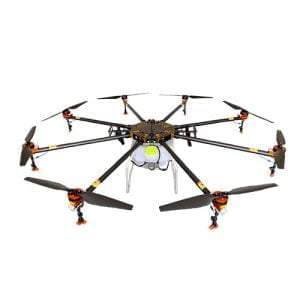
While agriculture drone spraying technology offers numerous benefits, it also faces several challenges and limitations:
Regulatory Issues
The use of drones in agriculture is subject to regulatory oversight. Different countries have varying regulations regarding drone operation, airspace restrictions, and pesticide application. Farmers must navigate these regulations to ensure compliance, which can be time-consuming and complex.
Initial Investment
The cost of purchasing and maintaining drones can be high, posing a barrier for small-scale farmers. Additionally, training is required to operate drones effectively, adding to the initial investment. However, the long-term savings and increased productivity can offset these costs.
Technical Limitations
Drones have limitations in terms of flight time, payload capacity, and weather conditions. Battery life restricts the duration of drone operations, requiring frequent recharging or battery swaps. Adverse weather conditions, such as high winds and rain, can also affect drone performance and safety.
Data Management
The large volumes of data generated by drones can be overwhelming. Effective data management and analysis are essential to derive meaningful insights. Farmers need access to tools and platforms that can process and interpret this data, enabling them to make informed decisions.
Table: Challenges and Limitations of Agriculture Drone Spraying
| Challenge | Description |
|---|---|
| Regulatory Issues | Varying regulations on drone operation and pesticide application |
| Initial Investment | High cost of purchasing, maintaining, and training |
| Technical Limitations | Restrictions on flight time, payload capacity, and weather conditions |
| Data Management | Need for effective tools to process and analyze large volumes of data |
Conclusion
Agriculture drone spraying technology represents the future of farming, offering precision, efficiency, and sustainability. By harnessing the power of drones, farmers can enhance crop management, reduce costs, and improve yields. Despite the challenges and limitations, the benefits of this technology are undeniable, making it a valuable tool in modern agriculture.
FAQ
What are the main benefits of agriculture drone spraying?
The main benefits include precision and efficiency in applying chemicals, cost-effectiveness, environmental sustainability, enhanced crop monitoring, and improved safety for farmers.
How does agriculture drone spraying improve crop yields?
Drones enable precise application of fertilizers, pesticides, and herbicides, ensuring that crops receive the right amount of nutrients and protection. This targeted approach promotes healthier crops and higher yields.
What are the regulatory challenges associated with agriculture drone spraying?
Regulatory challenges include varying regulations on drone operation, airspace restrictions, and pesticide application. Farmers must comply with these regulations to ensure safe and legal drone use.
How can small-scale farmers overcome the high initial investment in drone technology?
Small-scale farmers can explore options such as leasing drones, seeking government subsidies or grants, and collaborating with other farmers to share costs. Additionally, the long-term savings and increased productivity can offset the initial investment.
What technical limitations do agriculture drones face?
Technical limitations include restricted flight time due to battery life, payload capacity constraints, and performance issues in adverse weather conditions. These limitations require careful planning and management to optimize drone operations.

